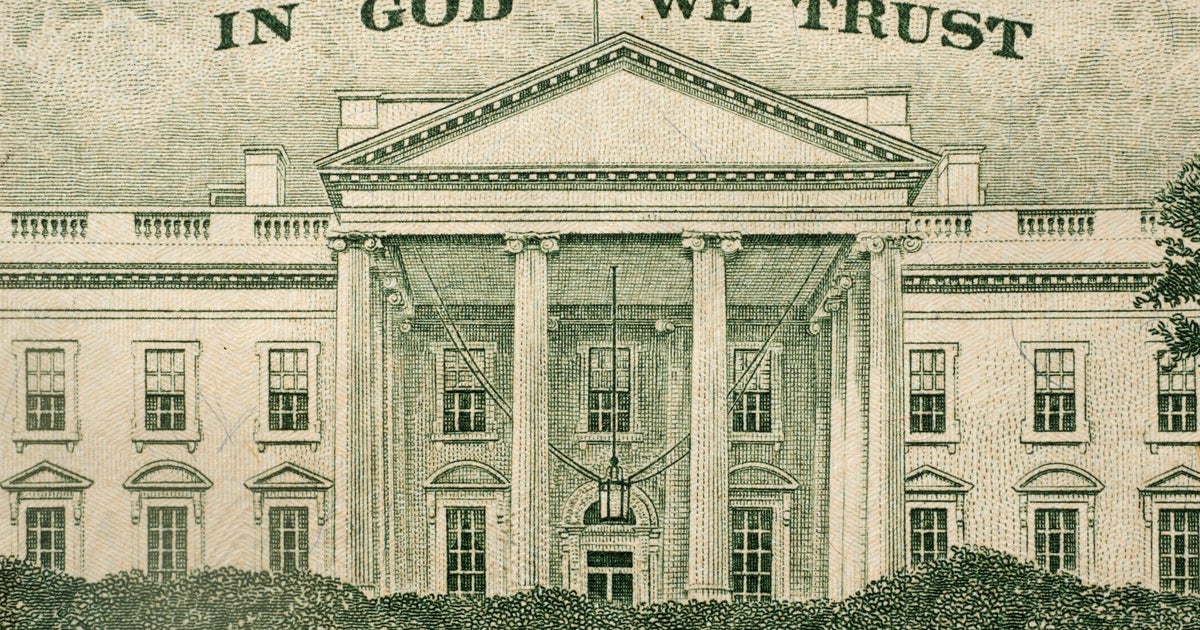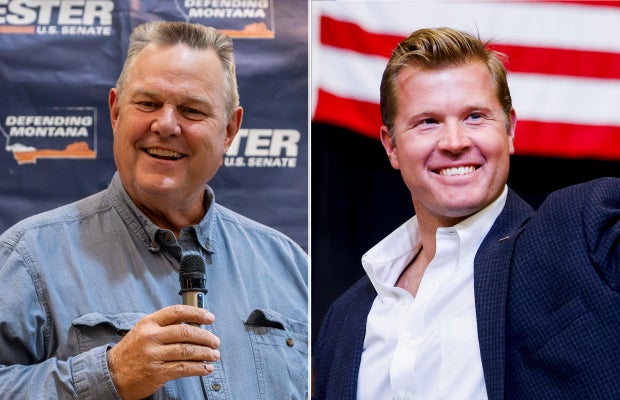CBS News
How much is the president paid?

The U.S. president hasn’t been given a raise in more than 20 years.
That means Kamala Harris or Donald Trump will earn the same salary as their predecessor: $400,000 a year, as specified in Title 3 of the U.S. Code, paid monthly. The president also gets an additional $50,000 for expenses (non-taxable), a $100,000 travel account and a $19,000 entertainment budget.
Of course, the nation’s commander in chief is also entitled to other benefits, not least of which is a paid-for mansion known as the White House, as a residence.
Between 1969 and 2001, the last time Congress boosted the chief executive’s pay, the president earned $200,000 annually. In a 1999 hearing on the proposed pay raise, it was noted that compensation for “one of the most difficult, demanding and important jobs on the face of the earth” had not risen in three decades, while the salaries of private-sector chief executive officers were soaring.
Government reform expert Paul C. Light testified that he supported a presidential salary increase “if only to signal that the American political system values its chief executive enough to occasionally boost the base salary.”
How much did U.S. presidents earn in the past?
Historically, the president’s annual salary was worth a lot more when taking inflation into account.
Here’s what presidents made per year during previous historical periods, according to the University of Michigan, citing Congressional Quarterly’s “Guide to the Presidency.” How much that pay is worth in today’s dollars, after adjusting for inflation and based on calculations from Officialdata.org, is noted in parentheses:
1789: $25,000 ($895,741)
1873: $50,000 ($1.3 million)
1909: $75,000 ($2.6 million)
1949: $100,000 (plus $50,000 taxable expense account) ($1.3 million)
1969: $200,000 (plus $50,000 taxable expense account) ($1.7 million)
More money in memoirs
It’s worth noting that presidents remain on the federal government’s payroll after leaving The White House too. Since 1958, former presidents have earned an annual pension, which now amounts to more than $200,000. They also get office space in a place of their choosing and travel expenses, according to the Former Presidents Act of 1958.
U.S. presidents also typically earn much more money when they leave office through book sales, speaking engagements, media deals and other lucrative endeavors.
Ulysses S. Grant was the first U.S. president to write a memoir, which he famously finished only days before his death in 1885. Virtually every modern president, with the exception of Franklin Delano Roosevelt and John F. Kennedy, both of whom died while in office, has written a memoir.
“It’s where a lot of money comes from after they have been president,” Barbara Perry, co-chair of the Presidential Oral History Program at the Miller Center at the University of Virginia, told CBS MoneyWatch. “Written memoirs have earned them millions.”
CBS News
Montana 2024 Senate race has Jon Tester facing reelection challenge from Tim Sheehy

Sen. Jon Tester and Republican challenger Tim Sheehy are facing off in Montana as the Democratic incumbent fights to hold onto his seat in the Senate in a race that’s key to determining which party controls the upper chamber.
Considered the most endangered Democrat seeking reelection in the Senate this cycle, Tester, a moderate in deep-red Montana, has been under the political microscope for months as he campaigns to keep the seat he’s held for nearly two decades. Although the 68-year-old has fended off previous challenges, shifting demographics and political dynamics in the state appeared to enhance the pickup opportunity for Republicans in the 2024 election.
Sheehy, a former Navy SEAL and founder of an aerial firefighting company, received his party’s backing as the candidate to take on Tester. The 38-year-old worked to draw a contrast with Tester, portraying himself as an outsider during the campaign while painting the Democrat as an establishment candidate with deep ties to Washington. He also touted bringing jobs to Montana with his business, which made him wealthy enough to help fund his campaign.
Getty Images
Sheehy, who grew up in Minnesota, has faced criticism for lacking the deep roots that Tester has in the state. He has also faced questions about discrepancies in his story of how he sustained a gunshot wound. Meanwhile, Tester sought to portray his opponent as an out-of-touch carpetbagger, likening the GOP candidate to rich out-of-staters who have flocked to Montana in recent years.
Tester is a third-generation Montana farmer. First elected to the Senate in 2006, his brand is well known in the state, and despite its more conservative politics, he’s won reelection twice as a moderate Democrat.
But Montana’s political landscape has changed. In 2020, Donald Trump won Montana by more than 16 points, and trends suggest that an influx of new residents in the state is made up largely of Republicans. The state’s changing dynamics posed a serious hurdle for Tester — the sole Democrat serving in statewide office in Montana.
The Montana Senate seat is a key target for Republicans looking to build a GOP majority in the upper chamber. And it marks among the final Democratic holdouts in the Great Plains, and in red states more broadly.
With a narrow 51-49 majority in the Senate, Democrats have little room for error. After Sen. Joe Manchin opted not to seek reelection, all but guaranteeing a GOP flip of his seat in West Virginia, Republicans looked to Tester’s seat as the next best opportunity to gain ground.
CBS News
Polls open, Election Day underway after Harris, Trump make final campaign pitches

Watch CBS News
Be the first to know
Get browser notifications for breaking news, live events, and exclusive reporting.
CBS News
Boeing strike ends after workers agree to new contract

Watch CBS News
Be the first to know
Get browser notifications for breaking news, live events, and exclusive reporting.





